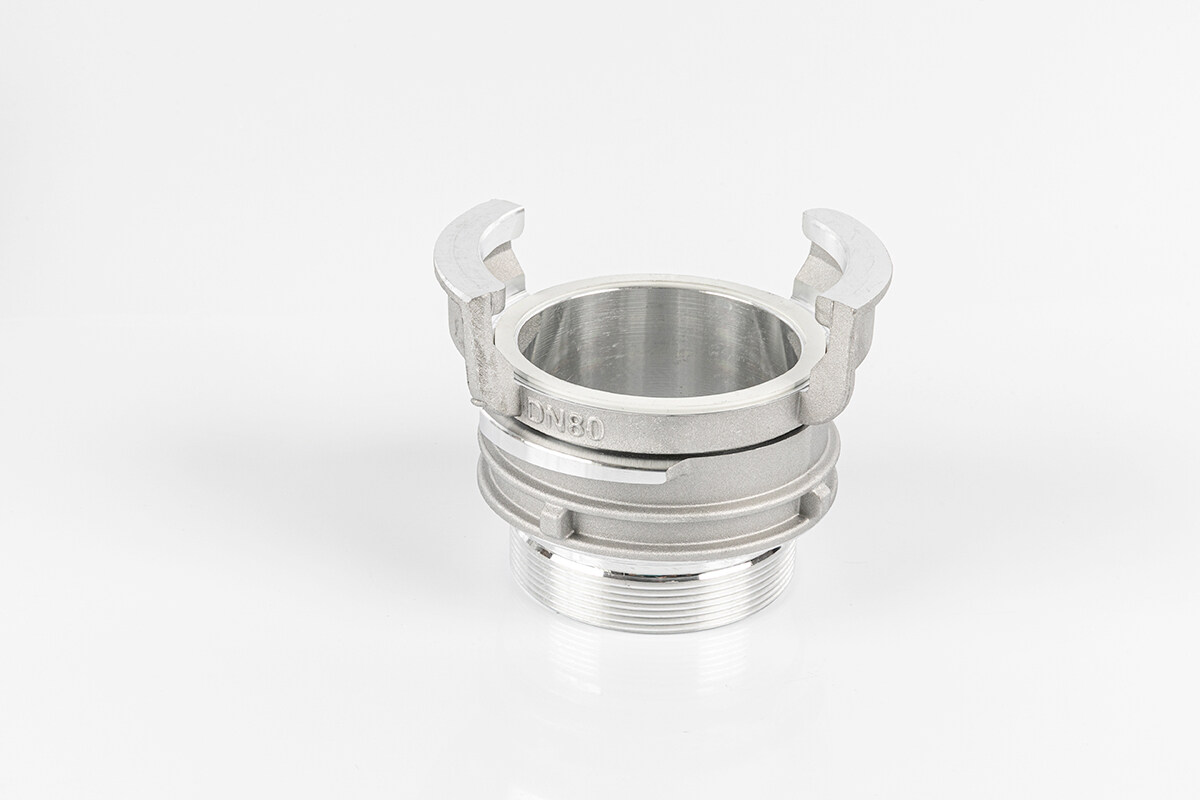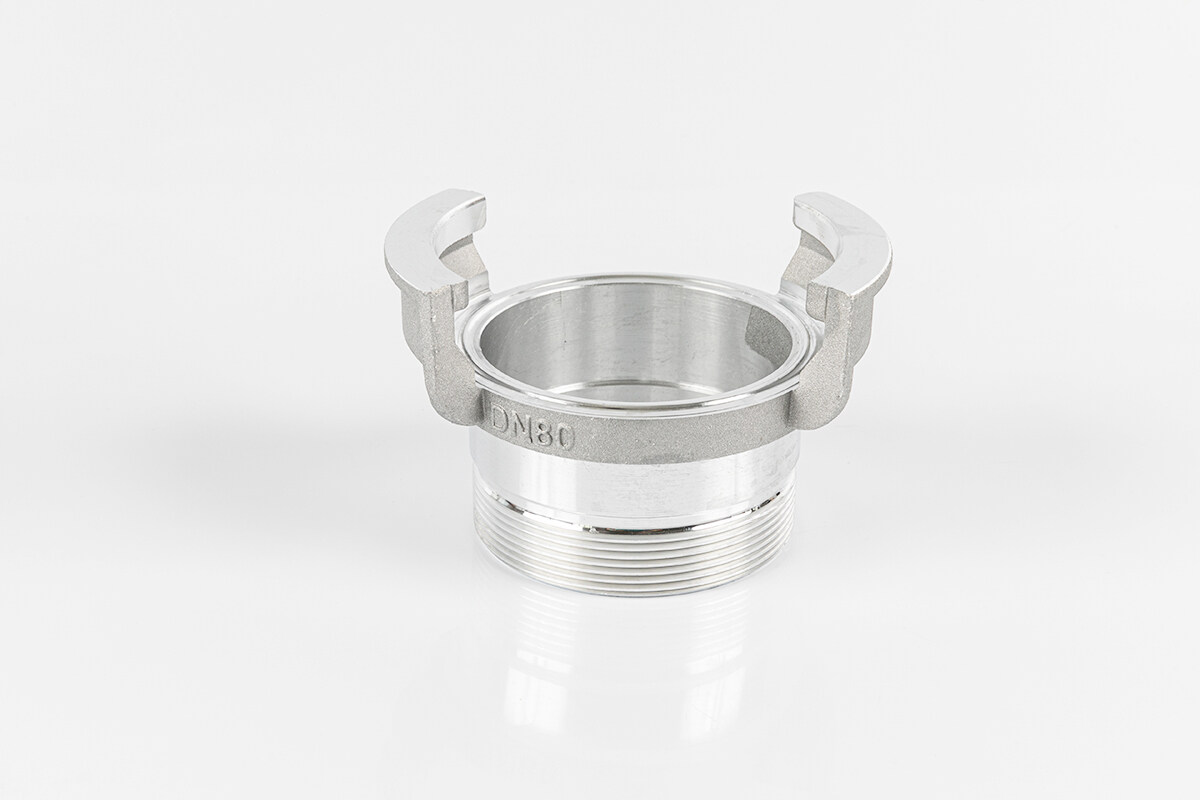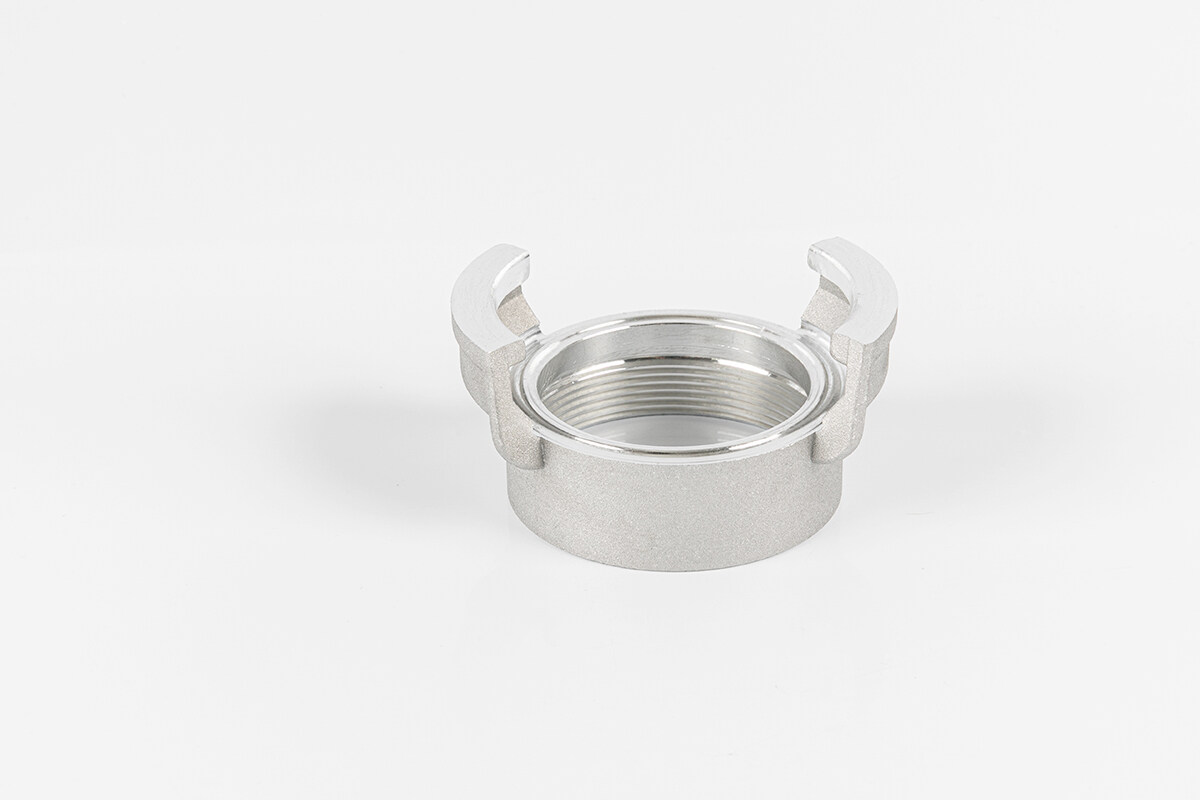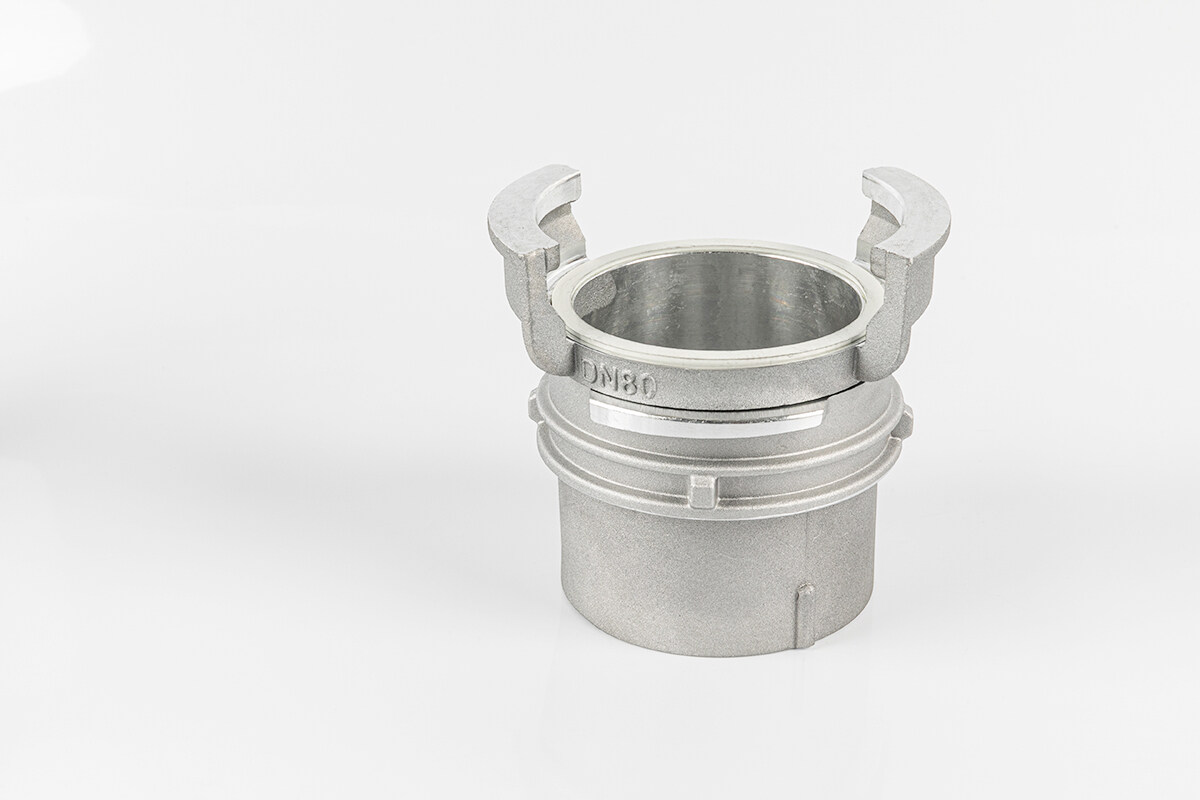Email format error
Email cannot be empty
Email already exists
6-20 characters(letters plus numbers only)
The password is inconsistent
Email format error
Email cannot be empty
Email does not exist
6-20 characters(letters plus numbers only)
The password is inconsistent
Aluminum guillemin coupling
Aluminum Guillemin Reducer
Aluminum Guillemin Reducers are designed for use in industrial applications that transfer, load, and unload liquid and dry loose substances. The couplings were developed in France and comply with EN 14420-8 / NF E 29572.
Aluminum Guillemin Male With Latch
Aluminum Guillemin Male With Latch is manufactured in accordance with EN14420-8 or NF E29572 standards and is widely used in the oil, chemical, fire protection, paper manufacturing, construction, and metallurgy industries. We primarily use stainless steel, aluminum, polypropylene, and brass. Guillemin hose couplings have a thread and a locking ring (latch) that can be used with a DIN2817 safety clamp. Union Guillemin coupling has a working pressure of 10 bar.
Guillemin Coupling Male Without Latch
EN14420-8 or NF E29572 is the standard for Guillemin Coupling. It is constructed of aluminum. Thread and locking ring connect Guillemin hose couplings (latch). The working pressure is ten bar. Guillemin couplings are widely used in the oil, chemical, fire protection, paper manufacturing, construction, and metallurgy industries.
Aluminum Guillemin Female Without Latch
The nominal diameter DN (from DN20 to DN150) and lug spacing indicate the coupling's size. They are typically made of aluminum with a white NBR rubber seal (working temperature: -10°C to +80°C) or AISI 316 stainless steel with a black FKM rubber - Viton seal (working temperature: -10°C to +180°C). Guillemin couplings have a maximum working pressure of 16 bar. Guillemin couplings without latches are bare Guillemin couplings; they can be used in an improvised manner, i.e., you can connect pipes directly to them.
Aluminum Guillemin Female With Latch
Guillemin (also known as Symmetric or French) is a system in which both halves of the couplings are the same. Most Aluminum Guillemin Female With Latch come with a locking ring and claws, and are joined by connecting the two halves and then turning the locking rings so that they tighten behind the claws. However, some couplings do not have claws and can still be connected to other couplings that do have claws. There are also some couplings that lack a locking ring.





